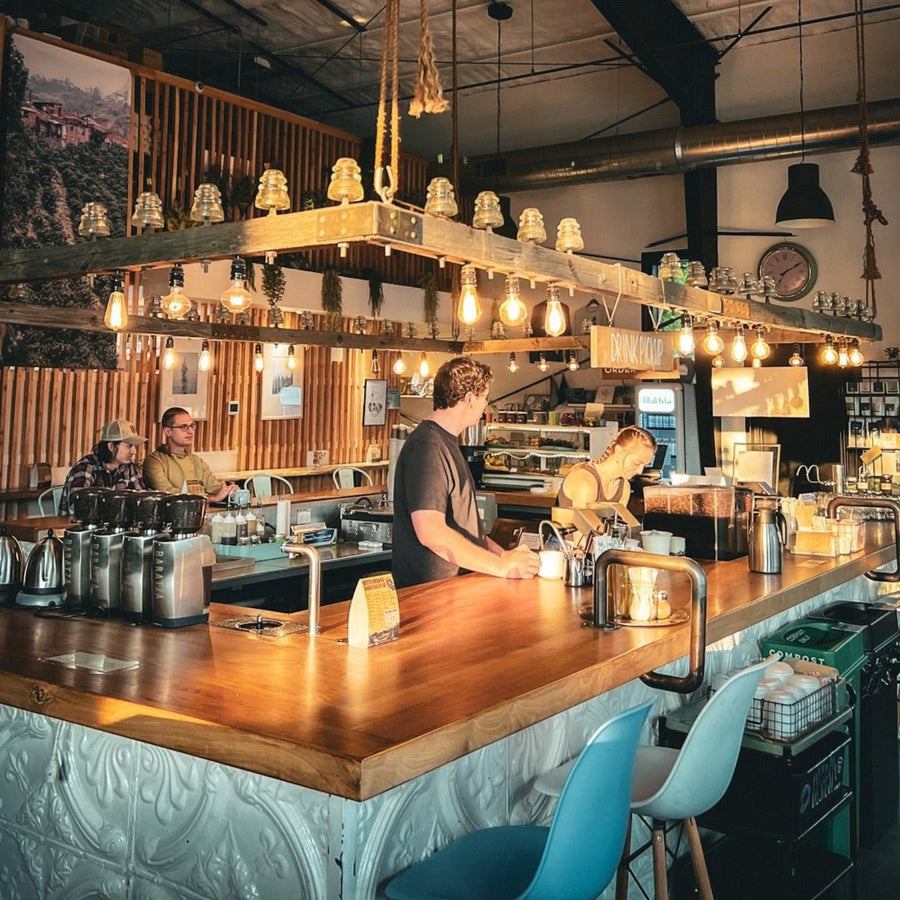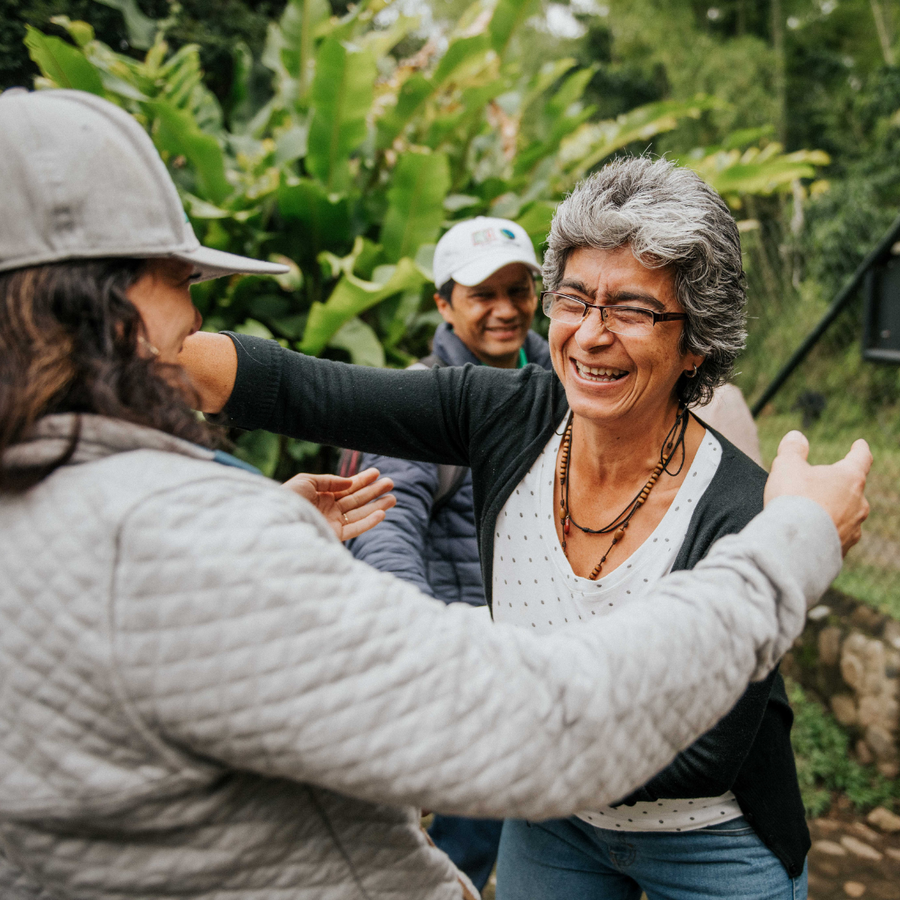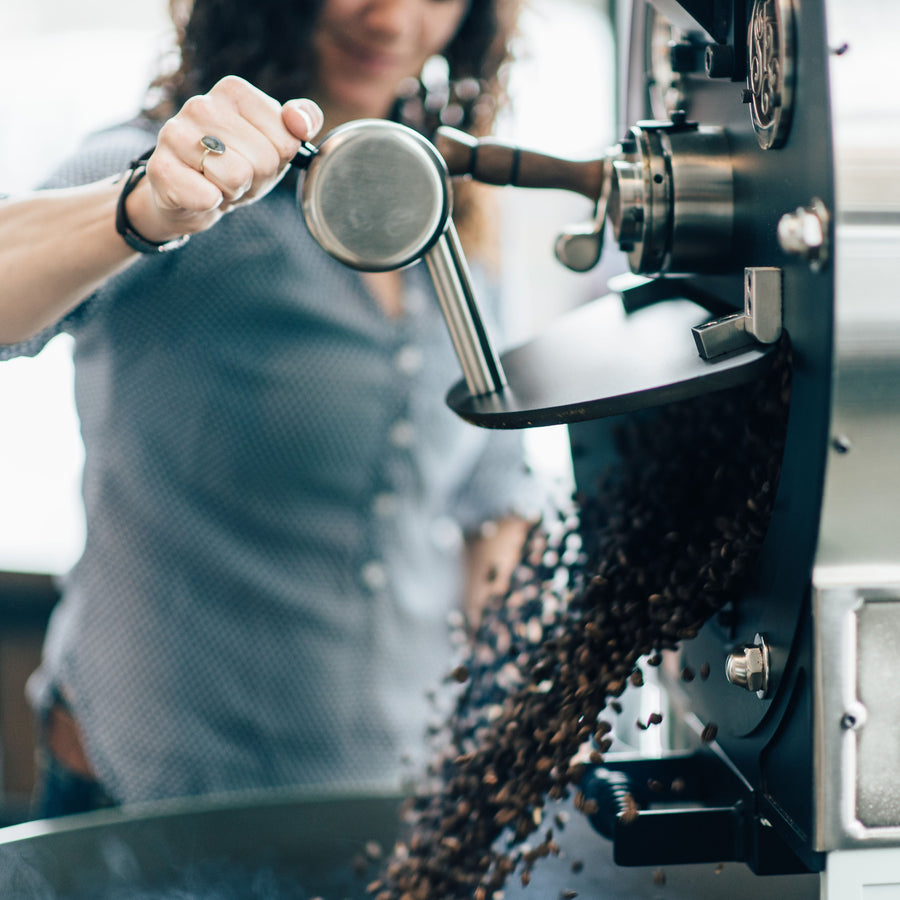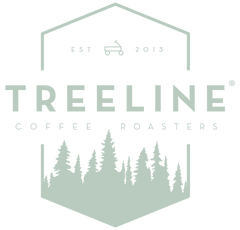Treeline Coffee FAQs
Coffee processing methods are the steps that occur after coffee cherries are harvested and before the beans are roasted. These methods can significantly affect the flavor profile of the coffee, and each method has its own unique process.
Treeline typically carries washed, natural and anaerobic processed coffees. Here’s a detailed breakdown of how each process works.
Washed (Wet) Process
The washed process is one of the most common methods. Here's how it works:
- Pulping: After the coffee cherries are picked, the outer skin (the cherry's flesh) is removed using a machine called a depulper.
- Fermentation: After pulping, the beans still have a sticky, slimy layer called mucilage. The beans are placed in fermentation tanks where naturally occurring bacteria break down the mucilage. This step can take from 12 to 48 hours, depending on the climate.
- Washing: After fermentation, the beans are washed thoroughly to remove any remaining mucilage.
- Drying: Finally, the beans are dried, usually by laying them out in the sun or using machines if weather conditions don’t permit natural drying.
Flavor Profile: Washed coffees tend to have a clean, bright flavor with clear acidity. They often taste crisp and vibrant, allowing the natural characteristics of the coffee to shine through.
Natural (Dry) Process
The natural process is one of the oldest and simplest methods of processing coffee. It’s often used in regions where water is scarce but has gained in popularity in other regions for its flavor profile. Here’s what happens:
- Drying with Cherry: After picking the ripe cherries, instead of removing the outer cherry skin right away, the whole cherry (with the skin still on) is laid out in the sun to dry for an extended period. Sometimes, it’s spread on large mats or patios, and workers turn the cherries to ensure even drying.
Hulling: After drying, the dried cherry is hulled to remove the dried outer layers, revealing the coffee beans inside. - Cleaning: The beans are then cleaned of any remaining residue.
Flavor Profile: Natural process coffees are often described as fruity and full-bodied. Since the beans dry inside the cherry, they absorb some of the sugars and flavors from the fruit. This can lead to sweet, complex flavors like berry, tropical fruit, or wine-like characteristics.
Honey Process
The honey process is a middle ground between washed and natural processing. It’s called “honey” because of the sticky mucilage that remains on the beans, but there’s no actual honey involved. Here’s how it works:
- Pulping: After picking, the outer skin is removed from the cherries, just like in the washed process.
- Mucilage Left On: Unlike the washed method, the sticky mucilage is left on the beans rather than being fermented off.
- Drying: The beans, still covered with mucilage, are laid out to dry in the sun. The drying time depends on the thickness of the mucilage left on the beans.
- Hulling: Once the beans are dry, they are hulled to remove the dried mucilage.
Flavor Profile: Honey-processed coffees often have a balance of brightness and sweetness, with a fuller body compared to washed coffees. The remaining mucilage contributes some natural sugars and can bring out sweet, fruity flavors, sometimes with a syrupy or floral note.
Wet Hulled Process (Giling Basah)
This method is primarily used in Indonesia, especially in Sumatra, and gives coffee its distinctive earthy flavor. Here's the process:
- Pulping: After picking, the outer skin is removed from the cherries, similar to the washed process.
- Hulling While Wet: The beans are then partially dried (usually at around 30-40% moisture), and the parchment (the thin layer surrounding the beans) is removed while they’re still wet, hence the name “wet hulled.”
- Drying: After hulling, the beans are dried until they reach the appropriate moisture level for storage.
Flavor Profile: Wet-hulled coffees are often bold, earthy, and full-bodied, with a distinct savory quality. They may have notes of herbal, woody, or even smoky flavors, with a low acidity. These coffees are known for their heavy, rich mouthfeel.
Carbonic Maceration or Anaerobic (Experimental Process)
This is a newer and more experimental method, often used by specialty coffee producers looking for unique flavors. The process is inspired by winemaking techniques:
- Carbonic Maceration: After picking, the cherries are placed in a sealed tank with carbon dioxide, and fermentation happens inside the cherry rather than after pulping. The tank creates an anaerobic (oxygen-free) environment, which causes the cherries to ferment in a way that enhances their fruity and complex flavors.
- Processing: After fermentation, the beans are washed and dried, just like other processing methods.
Flavor Profile: Carbonic maceration often results in highly fruity, juicy, and complex flavors, with notes like berry, grape, or wine-like qualities. These coffees can be vibrant and intense, with a smooth mouthfeel and lower acidity.
Typical Flavors from each process:
- Washed: Clean, bright, crisp, with clear acidity.
- Natural: Sweet, fruity, complex, with a fuller body.
- Honey: Balanced, with both bright and sweet notes and a fuller body than washed.
- Wet Hulled: Bold, earthy, full-bodied, low acidity.
- Carbonic Maceration/Anaerobic: Fruity, complex, juicy, often wine-like.
While roast level is subjective between coffee roasters, we consider ourselves to roast mainly in the light to medium space. It’s our goal to roast light enough to maintain the origin characteristics of the coffee but also have enough development to bring out the sweetness and balance the acidity. All of our coffees, including our espressos, are generally on the lighter-medium side.
Shipments may be delayed due to higher volume skewing typical estimated carrier shipping timeframes. Please view the order confirmation email for your shipment tracking number for more detailed information on your package's arrival. If you have any questions, reach out to the shipment carrier or hq@treelinecoffee.com for assistance.
Please check with your delivery carrier or neighbors to see if the package was delivered elsewhere. Sometimes a shipment is marked as delivered early when it is expected to be delivered the following day.
Once an order has been given to USPS or UPS it is out of our control and we unfortunately do not have more information than the tracking number provides. If you have purchased Route shipment protection please reach out to them if a claim needs to be filed.
If you are unable to track down your package with the carrier please email hq@treelincoffee.com so that we can best assist you.
Please email us at hq@treelinecoffee.com with your order number if you have received an incorrect order so that we can make things right!
Unfortunately, because we use two different point of sale systems, online and physical in-store gift cards cannot be used interchangeably. Physical gift cards are able to be used in our cafes, while digital gift cards can be redeemed online. To purchase an online gift card click HERE, and to purchase an in store gift card click HERE. Please email us at hq@treelinecoffee.com if you would like to make a gift card swap!
All our brewing guides can be viewed HERE.
We do often buy coffees that are organically grown, however, we do not hold an organic handler's certification. For this reason, we cannot market our coffees as organic. Treeline is committed to sustainable sourcing practices, and all of our coffees are traceable down to the coop, farm or even microlot level. We prioritize buying from smallholder farmers who take great care in their farming practices and their teams and communities.
Route is a platform that provides tracking for packages and offers shipping protection. Essentially, it provides you with all the shipping information you need once you have made a purchase at Treeline. For more information on Route please see their website here.
Route shipping protection cannot be added to an existing subscription. If you would like to have protection on your subscription moving forward you can cancel your existing subscription and set up a new subscription with Route added on. Once Route has been added it will continue with each order unless it is removed.




